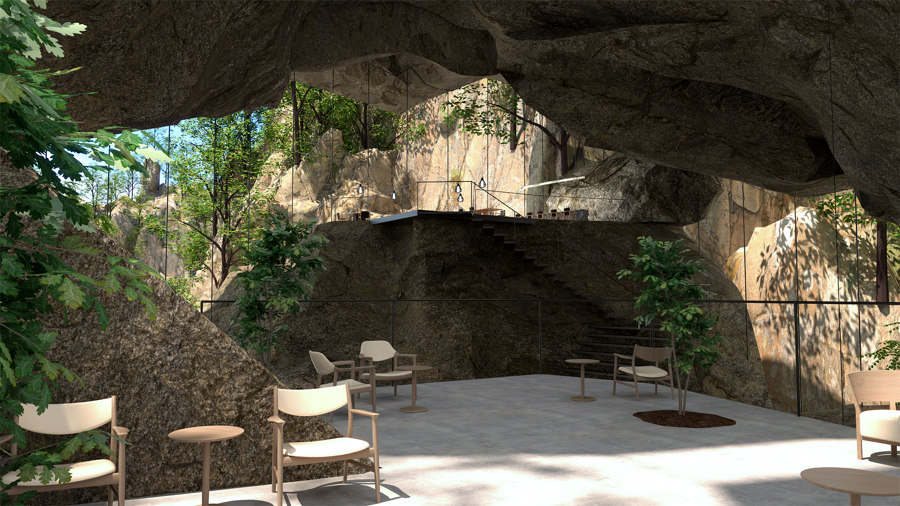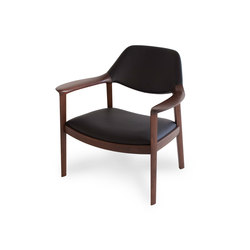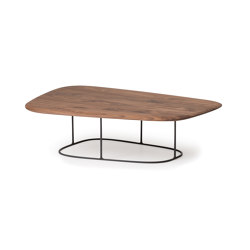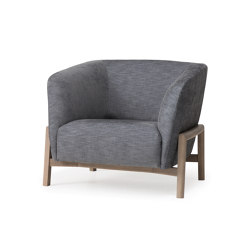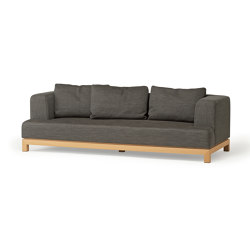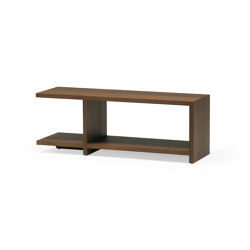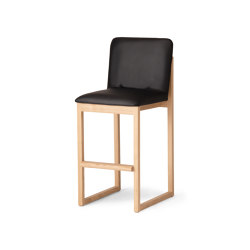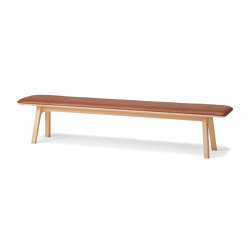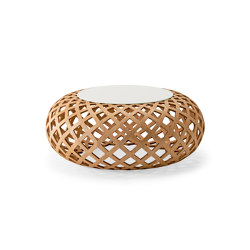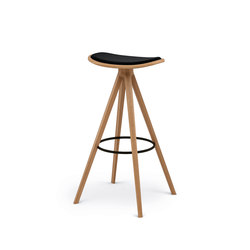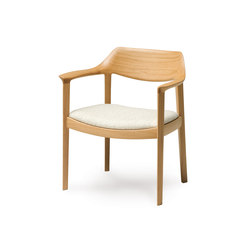CondeHouse x Sou Fujimoto: real furniture in a virtual world
Brand story by Simon Keane-Cowell
Hokkaido, Japan
29.06.22
A new collaboration between CondeHouse and architect Sou Fujimoto sees the Japanese wood-furniture specialists bringing the 'wow factor' to its Hokkaido Rock House virtual space.
In dreaming up the Hokkaido Rock House virtual space for Japanese wood-furniture experts CondeHouse, architect Sou Fujimoto was freed entirely from real-world restraints

In dreaming up the Hokkaido Rock House virtual space for Japanese wood-furniture experts CondeHouse, architect Sou Fujimoto was freed entirely from real-world restraints
×The history of architecture is filled with alternative histories. I'm not talking plans that, for one reason or another, never became realised projects. Rather, I mean resolutely speculative, often fantastical, building schemes, which, slipping the bonds of reality – with all its pesky engineering, political and budgetary parameters – allow for unbridled creative and ideological exploration. Think the polemical, 1970s collage-tastic flights of fancy from such avant-garde offices as Archigram and Superstudio, or even Italian writer Italo Calvino's imaginary voyage through his Invisible Cities.
The Hokkaido Rock House project sees different CondeHouse pieces such as the Wing Lux armchair (top) and Ten armchair and table (bottom) set in an immersive virtual space inspired by the landscapes of Sounkyo
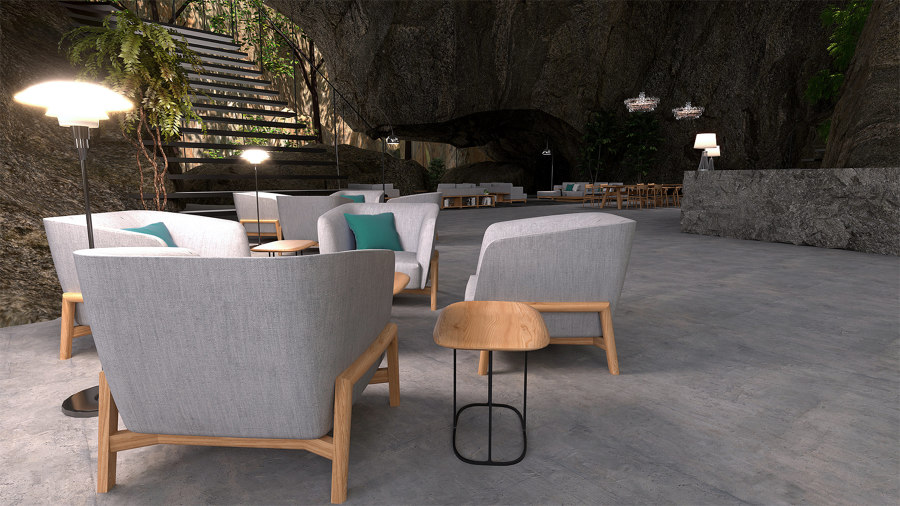
The Hokkaido Rock House project sees different CondeHouse pieces such as the Wing Lux armchair (top) and Ten armchair and table (bottom) set in an immersive virtual space inspired by the landscapes of Sounkyo
×Add to the list the latest collaboration between Japanese wood-furniture experts CondeHouse and Sou Fujimoto, which sees the award-winning Tokyo- and Paris-based architect deliver an immersive virtual space for digital guests to encounter the brand’s products in a heightened architectural setting. Fujimoto, who hails from Asahikawa – the town on Japan’s northern island of Hokkaido that’s the traditional home of the country’s furniture industry and, unsurprisingly, where CondeHouse’s HQ and production facilities are located – was invited by the company’s president, Tetsuya Fujita, to turn a long-held dream of his into a reality. ‘I decided to ask Sou Fujimoto to design something “wow”, beyond any feasibility, beyond any budget or legal limits. I suggested “building” a project on the side of the Taisetsuzan mountain, Hokkaido’s highest peak, which is a real icon for the region.’
‘I decided to ask Sou Fujimoto to design something “wow”, beyond any feasibility, beyond any budget or legal limits’
The result is the Hokkaido Rock House, a virtual, fully navigable space that marries light-filled, contemporary interiors and elegant furniture with geography and geology. A genuine exercise in place-making. But Fujimoto is keen to point out that this isn’t just digital frippery, but rather a space ‘where nature and man-made objects resonate beautifully, rather than creating a completely virtual world.’ Too much VR and nature evaporates, he says, which neatly dovetails with CondeHouse’s philosophy of letting natural materials sing via an artisanal production and crafting process. ‘From Hokkaido with care and respect’ reads the manufacturer’s brand tagline.
In Fujimoto's virtual world, the delicacy and craftsmanship of CondeHouse's furniture contrasts with the natural rocky environment in which it is set
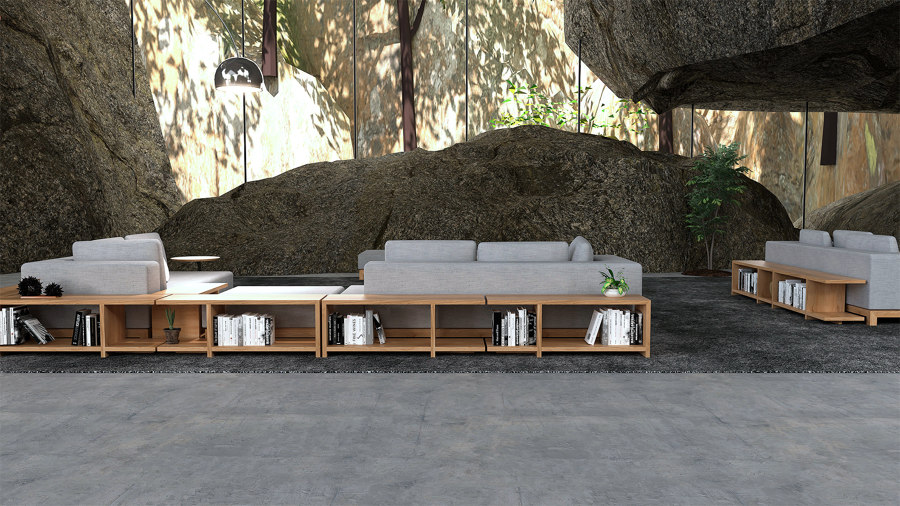
In Fujimoto's virtual world, the delicacy and craftsmanship of CondeHouse's furniture contrasts with the natural rocky environment in which it is set
×Architonic: How different is the design process when the space in question is a virtual one and not a real one? Does your creativity run wild? Or do you still try to imagine that the space could be built and therefore consider its physical feasibility?
Sou Fujimoto: For this project, it was more important to express a place where nature and man-made objects resonate beautifully, rather than creating a completely virtual world. When it gets too virtual, it may move away from the reality and strength of nature.
On the other hand, if it becomes too realistic, it will limit the relationship between humans and nature in the future. In that sense, it was important to create a future in which nature and man-made objects resonate with each other by combining the merits of both the real and the virtual.
What is the concept of the Hokkaido Rock House? What are its key architectural characteristics or particular features?
I was so excited when I first saw my design rendered in VR. The huge cave-like space that you first step into expresses the main concept, I would say. It has the strength and dynamism of the cave, but at the same time, it is an open, light and floating cave space that has never been seen before. It is a cave that has been given new life by artificial technology and geometry. When I first saw this space in a virtual space, it looked very primitive and at the same time something futuristic. I think it's not just a simple model of a cave, but expresses a kind of primitive future.
The rock and forest landscape, meanwhile, is inspired by the landscape of Sounkyo near Asahikawa, Hokkaido, which is the hometown of CondeHouse and myself. By combining the calmness of the beautiful forest and the strength of the dynamic rocks with the sensitivity and lightness of the artificial composition, I think we were able to propose a new living environment for humans where nature and artefacts coexist.
Fujimoto has keen to reaslise a space ‘where nature and man-made objects resonate beautifully, rather than creating a completely virtual world’
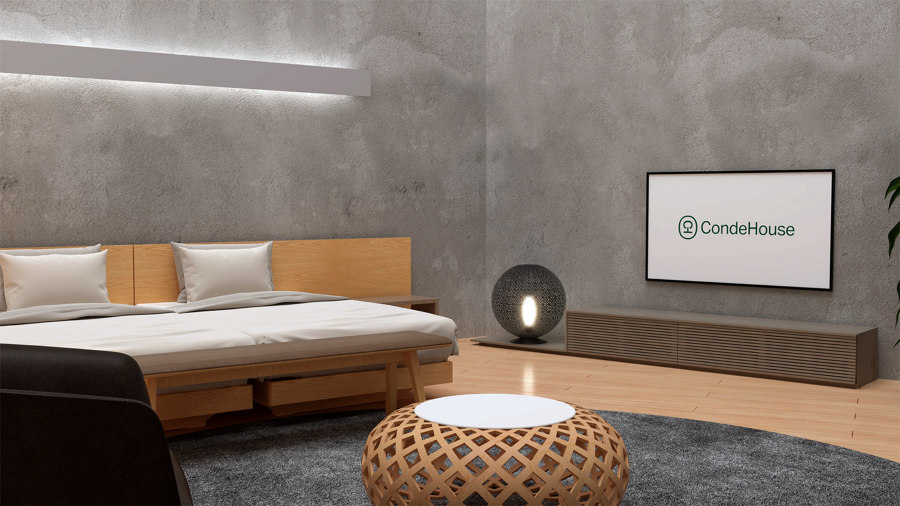
Fujimoto has keen to reaslise a space ‘where nature and man-made objects resonate beautifully, rather than creating a completely virtual world’
×Did you consider CondeHouse's furniture while designing the space and did this inform your design?
Yes, CondeHouse’s furniture was always in mind during the project. I think that by listening to nature and making the best use of the blessings of nature, while carefully incorporating human technology and life into it, nature and man-made objects resonate beautifully.
This time, I intended to enhance the furniture by focusing on the landscape of rocks and forests instead of the wood mainly used by CondeHouse. Also, the delicacy and elegance of all of CondeHouse’s furniture create a beautiful contrast in this rocky space.
While moving through the different spaces of the Hokkaido Rock House, visitors can enjoy various CondeHouse collections in this unique context, while also learning more about individual pieces via interactive tools
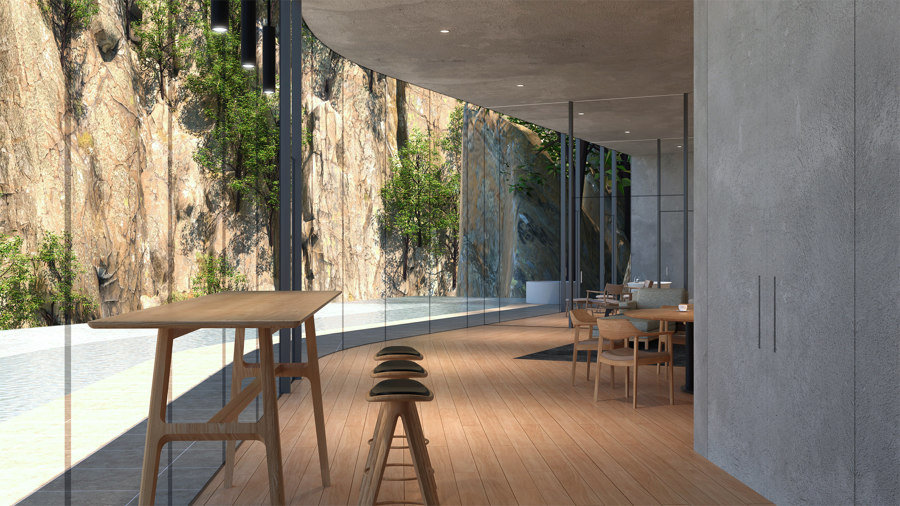
While moving through the different spaces of the Hokkaido Rock House, visitors can enjoy various CondeHouse collections in this unique context, while also learning more about individual pieces via interactive tools
×How can virtual architecture in general allow us to speculate, allow us to explore ideas that might have a real-world impact? Or is it pure poetry?
I strongly believe that virtual architecture will be one of the driving forces that will greatly expand our imagination. Ideas that are freely spread in virtual imagination have always been a great inspiration for the real world.
And the thought of going back and forth between the real and the virtual will inspire each other in turn, including the idea of an in-between transformation. The real is the driving force of virtual, and the virtual should be the driving force of real.
© Architonic


